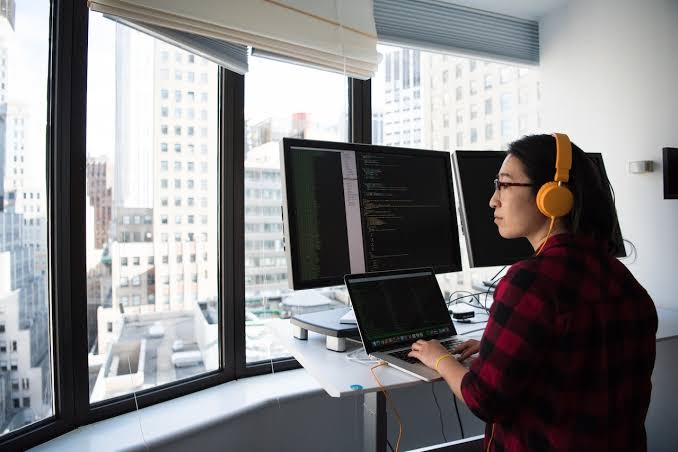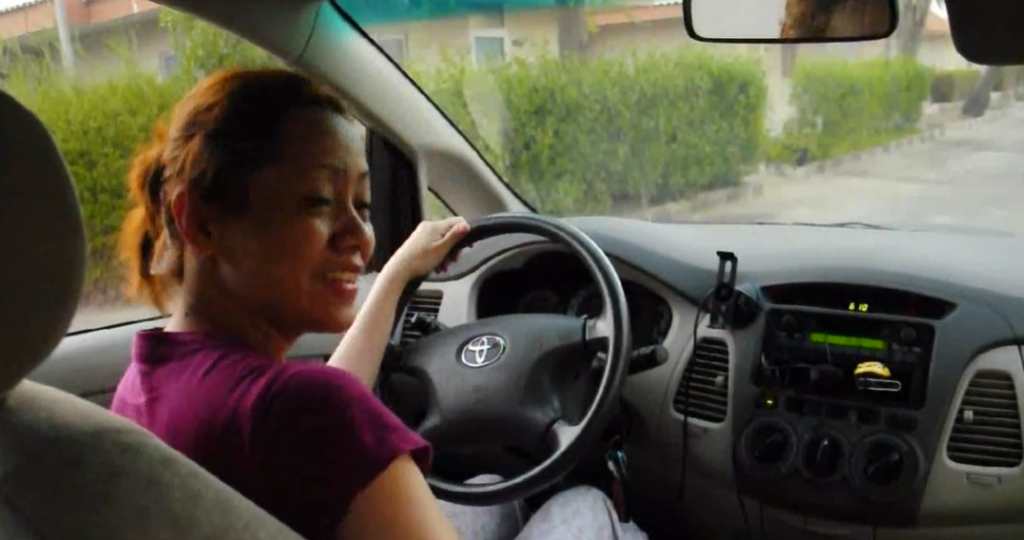Employee monitoring has been the basic trend of discussion as remote work continues to rise drastically. Alongside the popularity of telecommuting and dispersed work models, employee monitoring started to gain momentum. In this context, businesses monitor, assess, and evaluate worker productivity, conduct, and performance when they are working remotely using a range of tools and technology.
This can involve keeping an eye on how much time is spent on various things on the computer, tracking computer usage, and even using video surveillance during online meetings. Remote monitoring proponents contend that it facilitates better resource allocation, guarantees adherence to corporate policies, and aids in maintaining accountability.
On the other hand, what critics express is their concerns regarding the attendant impact on privacy and probable erosion of trust between employer and employee. One of the central challenges of using remote employee monitoring effectively lies in striking a balance between the need for control and respect for individual autonomy and privacy.
Monitoring software creates privacy issues even if it might assist managers in keeping an eye on productivity. Let’s examine a few issues and possible fixes.
Be open and honest
An issue is striking a balance between employee trust and oversight. Although you can track websites visited and applications used using monitoring tools like StaffCop or Time Doctor, employees may feel micromanaged. Transparency is the best policy; let people know why and how you plan to monitor and solicit feedback. Prioritizing results over working hours also makes workers feel appreciated for their labor as opposed to being on guard.
Assess results rather than just time invested
Another issue is privacy. The majority of workers use personal things like checking social media or email while at work. Continuous surveillance might pick these up and violate privacy. The program needs privacy settings and should only record devices used for work, not for personal use. Set expectations by being clear about the kinds of non-work activities you permit and don’t allow.
Make the appropriate technological investment
It might be challenging to handle issues before they get out of hand when working remotely. Managers can maintain communication with distant workers by using monitoring software like Controlio or InterGuardian, which has chat and call options. Regularly checking in without the use of software, however, also demonstrates your concern for your workers as individuals, not just their output. Quick stand-ups or video chats assist you in identifying problems and offering assistance to avoid burnout or disengagement.
Ultimately, it comes down to putting results first and having faith in staff. Software for employee monitoring is a tool, not a substitute for effective management. The topic of employee monitoring in a remote work setting is intricate and multifaceted, reflecting greater shifts in how we operate. Even though it has observable advantages like increased productivity, responsibility, and compliance, privacy, trust, and the possibility of abuse are all major issues.
The deployment of these monitoring procedures necessitates a thoughtful strategy that takes into account the particularities of remote labor. In order to accomplish their objectives and uphold individual rights, organizations must work to strike a balance. A successful and moral remote monitoring system must include open communication, clear policies, and an emphasis on building a culture of trust and cooperation. Future advancements in this field are probably going to spark further discussion and necessitate careful consideration of the changing demands and expectations of employers and employees in the context of remote employment. When used properly, technology need not harm relationships at work or reduce productivity when applied with transparency and a human touch.






